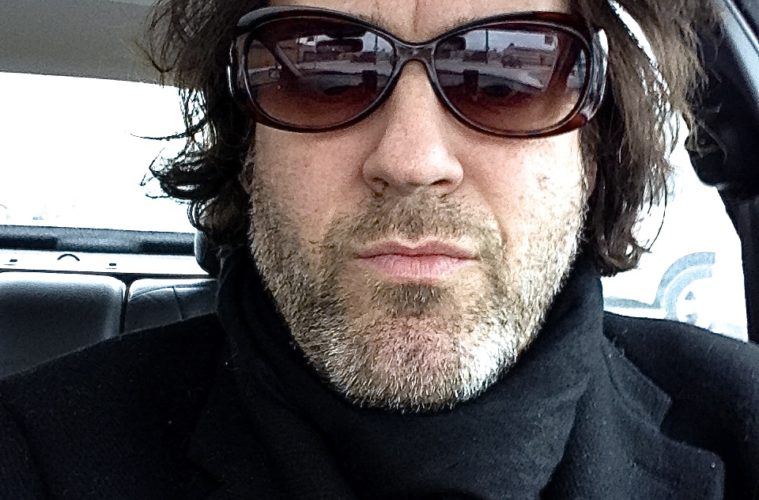February 2016
Normally, we like to publish our 100 + Things We Love About Detroit each February. But, this issue we were fortunate enough to receive an original horror story by author Josh Malerman (found only in The Metropolitan), and a conversation, transcribed by Jeanette Frost, that covers makeup artist, Barbara Deyo and her client, the President of the United States.
Further, we were fortunate to receive a photo editorial on Detroit African American Makers, by Randal Jacobs and Bree Gant, as well as an Op-Ed piece from writer Nancy Kotting, regarding the recent threat to Detroit’s historic Architecture. So, I decided to go in a different direction, taking advantage of an opportunity to re-publish an excerpt from a short piece I wrote last year, Black Bottom: African American Neighborhood Lost To History …
… Historically, the predominantly African American neighborhood that flourished in Detroit between the 1920s and 1960s is known as Black Bottom. Its name, however, was given by the French, and attributed to the rich, black soil that once held ground at the source of the River Savoyard. Paradise Valley, a section of Black Bottom, was famous for its blues and jazz clubs, and contained the nightspots where Jazz greats Duke Ellington, Count Basie and Ella Fitzgerald performed (My own grandfather, an Italian trumpet player, gigged regularly with these musicians when they came to town) …
… As part of Detroit’s 1960’s “Urban Renewal Project”, Black Bottom gave way for the Chrysler Freeway, and Lafayette Park, including the Mies van der Rohe development, leaving many residents forced to move to the recently demolished Brewster-Douglas Housing projects. In August 2015 the United States National Park Service named Lafayette Park a National Historic Landmark, so it’s doubtful current tenants will suffer relocation anytime soon. The last vestiges of Paradise Valley were erased for Ford Field, which also houses agency Lowe Campbell Ewald, whose digital creative director once produced the single worst PR video in city history, “We’re Moving To Detroit and So Should You”. The spot features the Creative Director sitting on a beach chair in Campus Martius, toes in sand, during the worst recession in memory, with arms spread wide as he shouts, “Welcome to my loft!”
Thank you for the invitation …
Fortunately, there is now a Michigan Historical Marker located in a small commemorative area nestled snugly within Harmonie Park that, while not technically located where Paradise Valley used to be, reminds us of where legends once roamed.
Fittingly, there is debate about the relocation of Paradise Valley. The problem, of course, is that we might lose Harmonie Park, which at one time was Germantown, as yet another Michigan Historical Marker will tell you.
If there is a point to this lesson it is this: History is fickle.
Anthony Brancaleone

